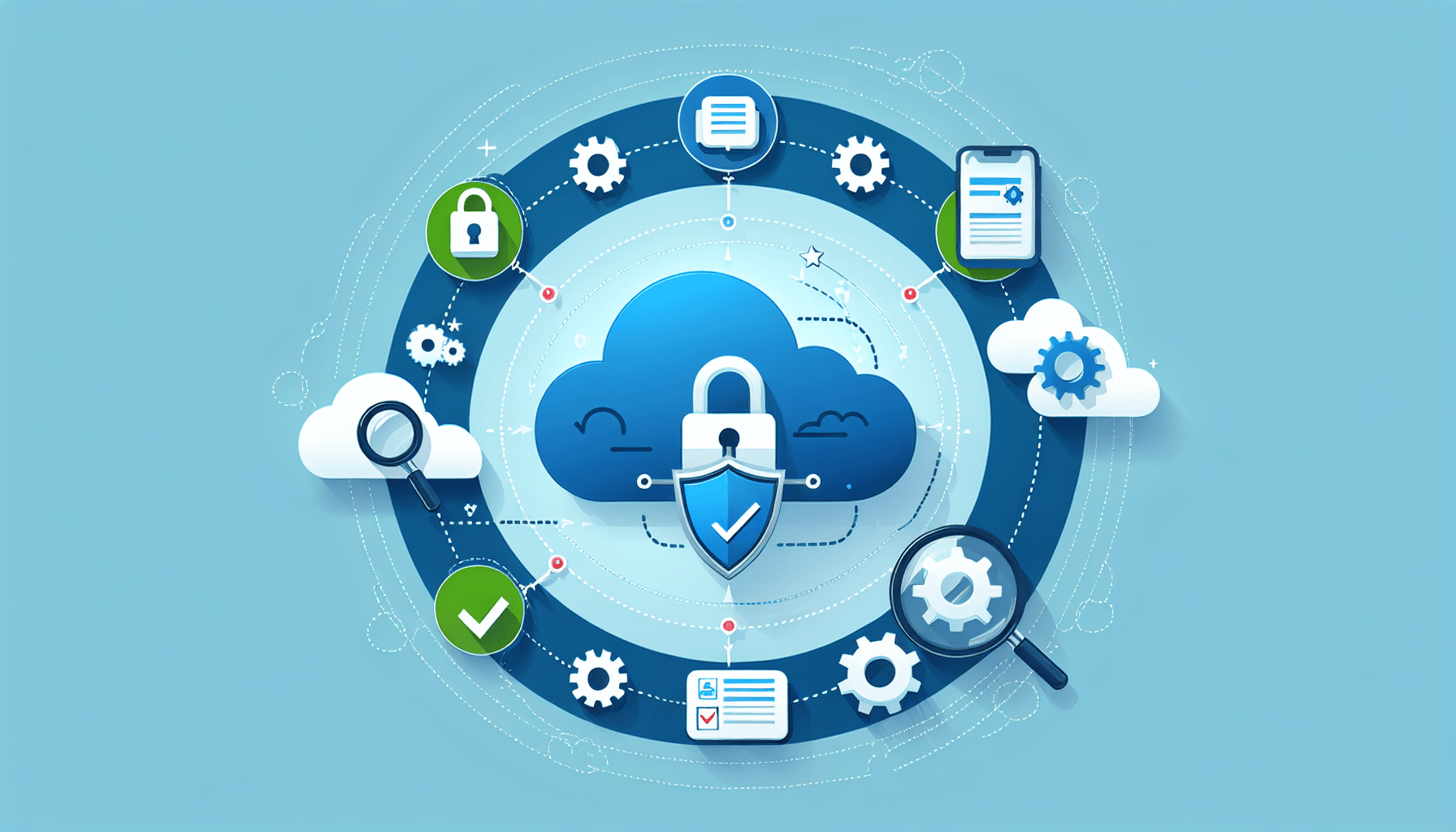In today’s fast-paced digital landscape, automating cloud security assessments has become increasingly important for organizations to protect their sensitive data and mitigate potential threats. By leveraging automation tools, you can streamline the process, improve accuracy, and enhance overall security posture. However, it is crucial to carefully consider the implications of automation, such as ensuring the proper implementation and ongoing monitoring. In this article, we will explore the benefits and considerations of automating cloud security assessments to help you make informed decisions for your organization’s security strategy.
Automating Cloud Security Assessments: Benefits And Considerations
Have you ever wondered about the benefits and considerations of automating cloud security assessments? In this article, we will explore the advantages and challenges of using automated tools to enhance the security of your cloud environments.

The Importance of Cloud Security Assessments
Before delving into the specific benefits and considerations of automating cloud security assessments, it is crucial to understand the significance of conducting regular security assessments in cloud environments.
Cloud security assessments help organizations identify vulnerabilities, assess risks, and ensure that the necessary security controls are in place to protect their data and applications. As cloud services become increasingly popular, the need for robust security mechanisms to safeguard sensitive information has never been greater.
Understanding the Threat Landscape
In today’s digital landscape, cyber threats are constantly evolving, making it challenging for organizations to stay ahead of potential security risks. Conducting regular security assessments allows organizations to stay informed about the latest threats and vulnerabilities that could compromise their cloud environments.
Compliance Requirements
Many industries have stringent regulatory requirements that mandate regular security assessments to ensure compliance with data protection laws. By automating cloud security assessments, organizations can streamline the process of meeting regulatory standards and demonstrating their commitment to protecting sensitive data.
Key Benefits of Automating Cloud Security Assessments
Automating cloud security assessments offers several advantages that can help organizations proactively protect their cloud environments from potential security threats. Let’s explore some of the key benefits of leveraging automated tools for security assessments.
Efficiency and Scalability
One of the primary benefits of automating cloud security assessments is the ability to enhance efficiency and scalability. Automated tools can quickly scan and analyze vast amounts of data, identifying potential security vulnerabilities and misconfigurations in a fraction of the time it would take a manual assessment.
Real-time Monitoring and Alerting
Automated security assessments provide real-time monitoring and alerting capabilities, allowing organizations to detect and respond to security incidents promptly. By setting up alerts for suspicious activities or unauthorized access attempts, organizations can proactively address potential security threats before they escalate.
Consistent Security Posture
Automation ensures that security assessments are performed consistently across all cloud environments, reducing the risk of human error and ensuring that security controls are applied uniformly. This consistency helps organizations maintain a robust security posture and minimize the likelihood of overlooking critical vulnerabilities.
Cost-effectiveness
In the long run, automating cloud security assessments can be a cost-effective solution for organizations looking to enhance their security posture. By reducing the time and resources required to conduct manual assessments, automated tools can help organizations allocate their resources more efficiently and focus on strategic security initiatives.
Considerations for Automating Cloud Security Assessments
While there are numerous benefits to automating cloud security assessments, organizations must also consider the potential challenges and limitations associated with using automated tools. It is essential to weigh the following considerations before implementing automated security assessments in your cloud environment.
Integration and Compatibility
When deploying automated security assessment tools in cloud environments, organizations must ensure that these tools are compatible with their existing infrastructure and integration capabilities. Lack of compatibility could result in operational challenges and limit the effectiveness of security assessments.
False Positives and Negatives
Automated security assessment tools may generate false positives or false negatives, leading to inaccurate or incomplete security findings. Organizations must be vigilant in reviewing and validating the results generated by automated tools to prevent the misidentification of security vulnerabilities.
Expertise and Training
Effective utilization of automated security assessment tools requires specialized expertise and training to configure, manage, and interpret the results accurately. Organizations must invest in training their security teams to effectively leverage automated tools and maximize their benefits.
Data Privacy and Compliance
Automating cloud security assessments involves processing and analyzing sensitive data, raising concerns about data privacy and compliance with regulatory requirements. Organizations must ensure that automated tools adhere to data privacy regulations and security standards to protect confidential information.
Best Practices for Automating Cloud Security Assessments
To maximize the benefits of automating cloud security assessments and mitigate potential risks, organizations should follow best practices for implementing and managing automated security tools in their cloud environments.
Regular Auditing and Validation
Regularly audit and validate the findings generated by automated security assessment tools to ensure their accuracy and reliability. Conducting independent security assessments and penetration testing can help identify any discrepancies or inconsistencies in the automated results.
Continuous Monitoring and Remediation
Establish a process for continuous monitoring and remediation of security vulnerabilities identified through automated assessments. Implementing automated remediation workflows can help organizations quickly address security issues and minimize the impact of potential security threats.
Collaboration and Communication
Promote collaboration and communication between security teams and other stakeholders involved in the automated security assessment process. Clear communication channels and shared responsibilities can help streamline security operations and ensure that security controls are effectively implemented.
Stay Informed and Adapt
Stay informed about the latest security trends, threats, and technologies related to automated security assessments. Regularly update your automated tools and processes to adapt to evolving security landscapes and ensure that your cloud environments remain secure.

Conclusion
Automating cloud security assessments can offer numerous benefits to organizations looking to enhance their security posture and protect their data in cloud environments. By leveraging automated tools and following best practices for implementation and management, organizations can proactively identify and address security vulnerabilities, ensure compliance with regulatory requirements, and minimize the risk of security breaches.
Remember to consider the potential challenges and limitations associated with automated security assessments and take proactive steps to address them effectively. By staying informed, collaborating with stakeholders, and continually monitoring and validating automated security assessments, organizations can strengthen their security defenses and protect their cloud environments from potential threats.



